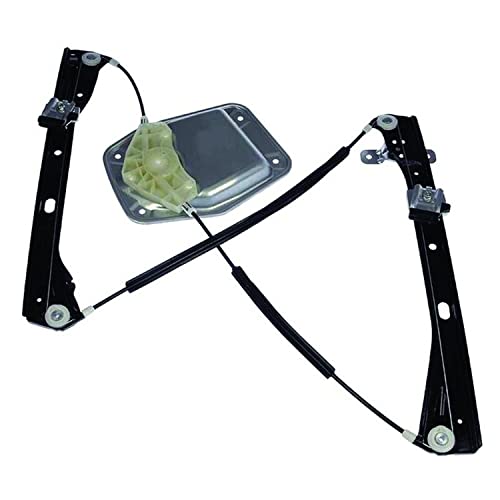mackemmark
Member
- Joined
- Oct 26, 2024
- Messages
- 6
- Reaction score
- 3
- Location
- Barnet
- Year of Your Van(s)
- After 1972
- Van Type
- T2
As a complete newbie with a 1973 early bay camper, I'd be grateful for any tips on winter storage. It's parked off road but on the driveway as there is no garage. The van is kept covered but would be grateful for any advice on the most 'at risk' areas in winter and whether...
- it's best to take the van 1-2 times a week to keep it ticking over?
- should internal thermal blinds be left up?
- Chassis waxoil treatment?
- if it gets very cold/damp for a long period, is it worth asking around for temporary garaging?
Tips on any other areas would also be appreciated. Thank you!
- it's best to take the van 1-2 times a week to keep it ticking over?
- should internal thermal blinds be left up?
- Chassis waxoil treatment?
- if it gets very cold/damp for a long period, is it worth asking around for temporary garaging?
Tips on any other areas would also be appreciated. Thank you!






























